Select an Orthopaedic Specialty and Learn More
Use our specialty filter and search function to find information about specific orthopaedic conditions, treatments, anatomy, and more, quickly and easily.
GET THE HURT! APP FOR FREE INJURY ADVICE IN MINUTES
Shoreline Orthopaedics and the HURT! app have partnered to give you virtual access to a network of orthopaedic specialists, ready to offer guidance for injuries and ongoing bone or joint problems, 24/7/365.
Browse Specialties
-
- Muscle Disorders
- Sports Medicine
Contusions or Bruises
Muscle contusions, or bruises, are second only to strains as a leading cause of sports injuries. Most contusions are minor and heal quickly, without requiring the athlete to be removed from the game. However, severe contusions can cause deep tissue damage, which may lead to complications and/or keep the athlete out of sports for months.
More Info -
- Hand & Wrist
- Joint Disorders
Ganglion Cyst
A ganglion cyst is a fluid-filled mass or lump. Although they can develop in various locations, the most common location is on the back of the wrist. Ganglion cysts are not cancerous. In most cases, ganglion cysts are harmless and do not require treatment. If, however, the cyst becomes painful, interferes with function, or has an unacceptable appearance, several treatment options are available.
More Info -
- Arthritis
- Hip
- Joint Disorders
- Joint Replacement & Revision
Hip Arthritis
Hip arthritis is a leading cause of hip pain and stiffness. Arthritis is the loss of the normal protective cartilage that covers the bones. When this cartilage or “padding” of the bone breaks down and is lost, areas of raw bone become exposed. When large areas of bone are exposed, they grind against each other with standing and walking. This is “bone on bone” arthritis and is usually painful.
More Info -
- Hip
- Joint Disorders
Hip Osteonecrosis
Osteonecrosis of the hip is a painful condition that develops when the blood supply to the femoral head is disrupted. Without adequate nourishment, the bone in the head of the femur dies and gradually collapses. This causes the articular cartilage covering the hip bones to also collapse, leading to disabling arthritis and destruction of the hip joint.
More Info -
- Hip
- Joint Disorders
- Joint Replacement & Revision
Hip Resurfacing
During hip resurfacing, unlike total hip replacement, the femoral head (ball) is not removed. Instead, it is left in place, where it is trimmed and capped with a smooth metal covering. In both procedures, however, the damaged bone and cartilage within the acetabulum (socket) is removed and replaced with a metal shell.
More Info -
- Elbow
- Joint Disorders
Ulnar Nerve Entrapment at the Elbow (Cubital Tunnel Syndrome)
Ulnar nerve entrapment at the elbow, or cubital tunnel syndrome, occurs when the ulnar nerve in the arm becomes compressed or irritated. Although there are various areas where the ulnar nerve can become constricted, such as at the collarbone or wrist, it occurs most commonly behind the inside of the elbow.
More Info -
- Joint Disorders
- Knee
Unstable Kneecap (Patella Instability) Procedures
In a normal knee, the kneecap fits nicely in the femoral groove, allowing you to walk, run, sit, stand, and move easily. But if the groove is uneven or too shallow, the kneecap can slide off, resulting in a partial or complete dislocation. A sharp blow to the kneecap, as in a fall, can also pop the kneecap out of place. When this happens, the MPFL is usually torn and this makes it more likely for it to happen again.
More Info







